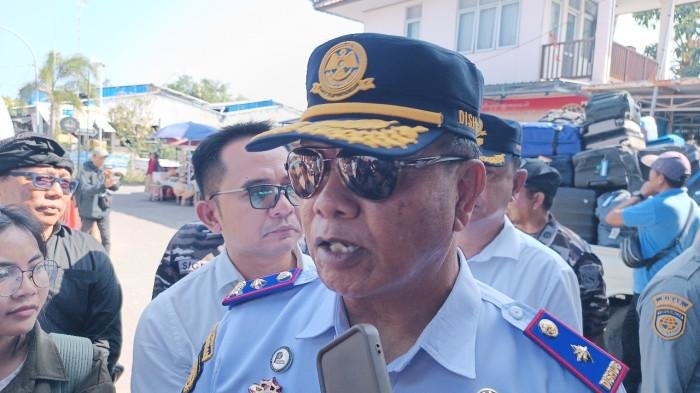While Bali’s tourists flock to Instagrammable docks like Padang Bai, Sanur Port—the island’s silent workhorse—handles 7,000 passengers daily with crumbling infrastructure and bureaucratic limbo. Now, Denpasar’s government is demanding control from Jakarta, vowing to solve the chaos that’s plagued travelers and locals for years.
Why This Power Struggle Matters
-
The 7,000-Passenger Headache
-
Sanur serves as the main link to Nusa Penida and Lombok, yet operates with 1950s-era logistics:
-
Ferries clog the harbor during peak hours.
-
No integrated ticketing; touts dominate sales.
-
-
Local Insight: 80% of traffic is “one-day trippers” to Nusa Penida, overwhelming roads from 6–9 AM and 4–7 PM.
-
-
Cultural Land vs. Tourist Demand
-
The port sits on sacred Melasti ritual grounds and traditional fishing zones.
-
Controversy: Relocated fishermen complain new sites lack ocean access, while ceremonies are disrupted by ferry noise.
-
-
Jakarta’s Iron Grip
-
Despite 2017 laws mandating local management, Pelindo (state-owned port authority) retains control—diverting profits to central coffers.
-
Denpasar’s Argument: “We lose $1.2M yearly in potential tourism revenue,” admits Transport Head Sriawan.
-
Denpasar’s 3-Point Rescue Plan
-
Decentralize or Collapse
-
Proposed takeover by September 2025’s Transportation Day.
-
Goal: Slash ticket prices 25% by cutting middlemen.
-
-
Traffic Surgery
-
Stagger ferry schedules and reroute some departures to Benoa Port.
-
Radical Fix: Electric shuttle buses from Denpasar hotels to docks.
-
-
Sacred Space Compromise
-
Designate ritual zones as “no-docking” during holy days.
-
Build a cultural pavilion to offset lost fishing income.
-
The Bigger Fight: Bali’s Tourism vs. Tradition
Sanur Port symbolizes Bali’s core conflict: efficiency versus heritage. While Denpasar pushes modernization, village elders warn:
“Once concrete replaces ceremony, Bali’s soul follows.”
Tourist Impact: Expect short-term delays during the transition—but long-term gains like faster boarding and cleaner facilities.





